In language as vivid and violent as the prairie sunlight, Ann Turner’s poems reveal the intensity of the pioneer experience. No one who reads these lines . . . can be unmoved by the lives of the women who undertook this extraordinary journey across a continent.
Amanda Hayes
I carried it all
the way west under
the wagon seat,
black with one gold stripe,
the letters burned
into the cover.
Sometimes when I was frightened
I reached down and touched
THE ODYSSEY
John thought my mind
fixed on clothing,
washing, the children one day
to come (oh, not too soon).
He did not know
of reading by moonlight,
dreams of sweet lands,
horses, ricks, green hills,
men with wine in shallow cups,
and women singing high, then
low, arms outstretched to me.
And I would dance naked
under the stars,
name of the god under my
tongue like a wafer,
my hair black as sky;
and the god would come
and take me by the hand,
lead me to the mountainside,
where he would plunge
into me so deep
I cried his name
sprung from under the tongue.
John doesn’t know
I know. He’s never touched
me that way. No one has.
But I know it in my body
the way a horse smells water
on the wind.
If I see it, I’ll take it.
If I find it, I’ll follow it.
And in one sweet leap
I’ll leave the shuffled
wagon trail, the dirt and flies
and leathered touch
of untaught hands
for crushed pine
under my back,
my eye falling
into the stars.
by Ann Turner
from Grass Songs; Poems of Women’s Journey West
Harcourt Brace Jovanovich, 1993

 Zoé Samudzi in Jewish Currents:
Zoé Samudzi in Jewish Currents: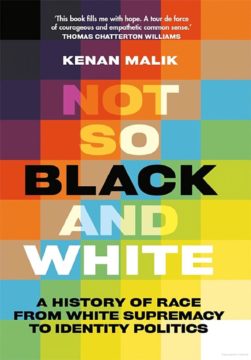 A conservative review of Kenan Malik’s Not So Black and White by Sohrab Amarhi in Unherd:
A conservative review of Kenan Malik’s Not So Black and White by Sohrab Amarhi in Unherd: Daniela Gabor and Ndongo Samba Sylla in Boston Review:
Daniela Gabor and Ndongo Samba Sylla in Boston Review: Herman Mark Schwartz in Phenomenal World:
Herman Mark Schwartz in Phenomenal World: Cormac McCarthy had provided me with a context, even a language, to internalize the things I saw and cannot unsee. Segments of human beings were stacked along the road between the smoking-bombed-out war machines.
Cormac McCarthy had provided me with a context, even a language, to internalize the things I saw and cannot unsee. Segments of human beings were stacked along the road between the smoking-bombed-out war machines.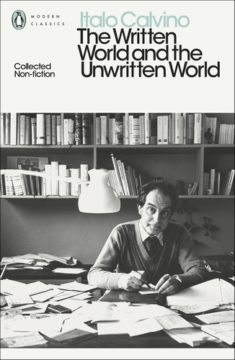 C
C
 HUNTSVILLE, Ala. — It was an unusually chilly Thursday night in December, and a drag queen named Miss Majesty Divine was putting the final touches on her show makeup. She was about to go onstage for her regular gig at a basement tiki bar, one of the last performances before Christmas. Up at street level, two unwelcome guests had arrived. They were not fans. They were men with bushy beards, one holding a bullhorn, the other a placard that depicted a drag queen holding a screaming baby and the hashtag #stopdragqueenstoryhour. “Repent, you filthy dog! You are going to burn in hell!” the one with the bullhorn shouted. “God sent AIDS to deal with people like you!” Madge, as she is known to her friends and adoring fans, was unfazed. “I teach math to middle schoolers,” Madge deadpanned. “You think I haven’t been called some things?”
HUNTSVILLE, Ala. — It was an unusually chilly Thursday night in December, and a drag queen named Miss Majesty Divine was putting the final touches on her show makeup. She was about to go onstage for her regular gig at a basement tiki bar, one of the last performances before Christmas. Up at street level, two unwelcome guests had arrived. They were not fans. They were men with bushy beards, one holding a bullhorn, the other a placard that depicted a drag queen holding a screaming baby and the hashtag #stopdragqueenstoryhour. “Repent, you filthy dog! You are going to burn in hell!” the one with the bullhorn shouted. “God sent AIDS to deal with people like you!” Madge, as she is known to her friends and adoring fans, was unfazed. “I teach math to middle schoolers,” Madge deadpanned. “You think I haven’t been called some things?”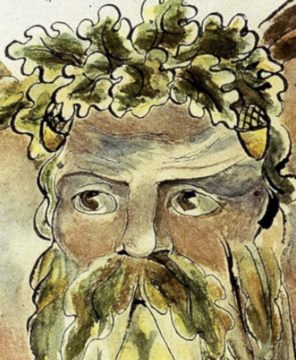 Something was in the water in Austin. In the 1960s, a gang of classics scholars and philosophy professors had rolled into town like bandits, the University of Texas their saloon: William Arrowsmith, chair of the Classics Department, who scandalized the academic humanities with a Harper’s Magazine essay titled “The Shame of the Graduate Schools,” arguing that “the humanists have betrayed the humanities” and that “an alarmingly high proportion of what is published in classics—and in other fields—is simply rubbish or trivia”; John Silber, promoted to dean of the College of Arts and Sciences just ten years after graduating from Yale, who promptly replaced twenty-two department heads, much to the ire of the university’s board; and a third, an unassuming former radio broadcaster from the United Kingdom with a knack for classical languages and only a master’s degree to his name.
Something was in the water in Austin. In the 1960s, a gang of classics scholars and philosophy professors had rolled into town like bandits, the University of Texas their saloon: William Arrowsmith, chair of the Classics Department, who scandalized the academic humanities with a Harper’s Magazine essay titled “The Shame of the Graduate Schools,” arguing that “the humanists have betrayed the humanities” and that “an alarmingly high proportion of what is published in classics—and in other fields—is simply rubbish or trivia”; John Silber, promoted to dean of the College of Arts and Sciences just ten years after graduating from Yale, who promptly replaced twenty-two department heads, much to the ire of the university’s board; and a third, an unassuming former radio broadcaster from the United Kingdom with a knack for classical languages and only a master’s degree to his name.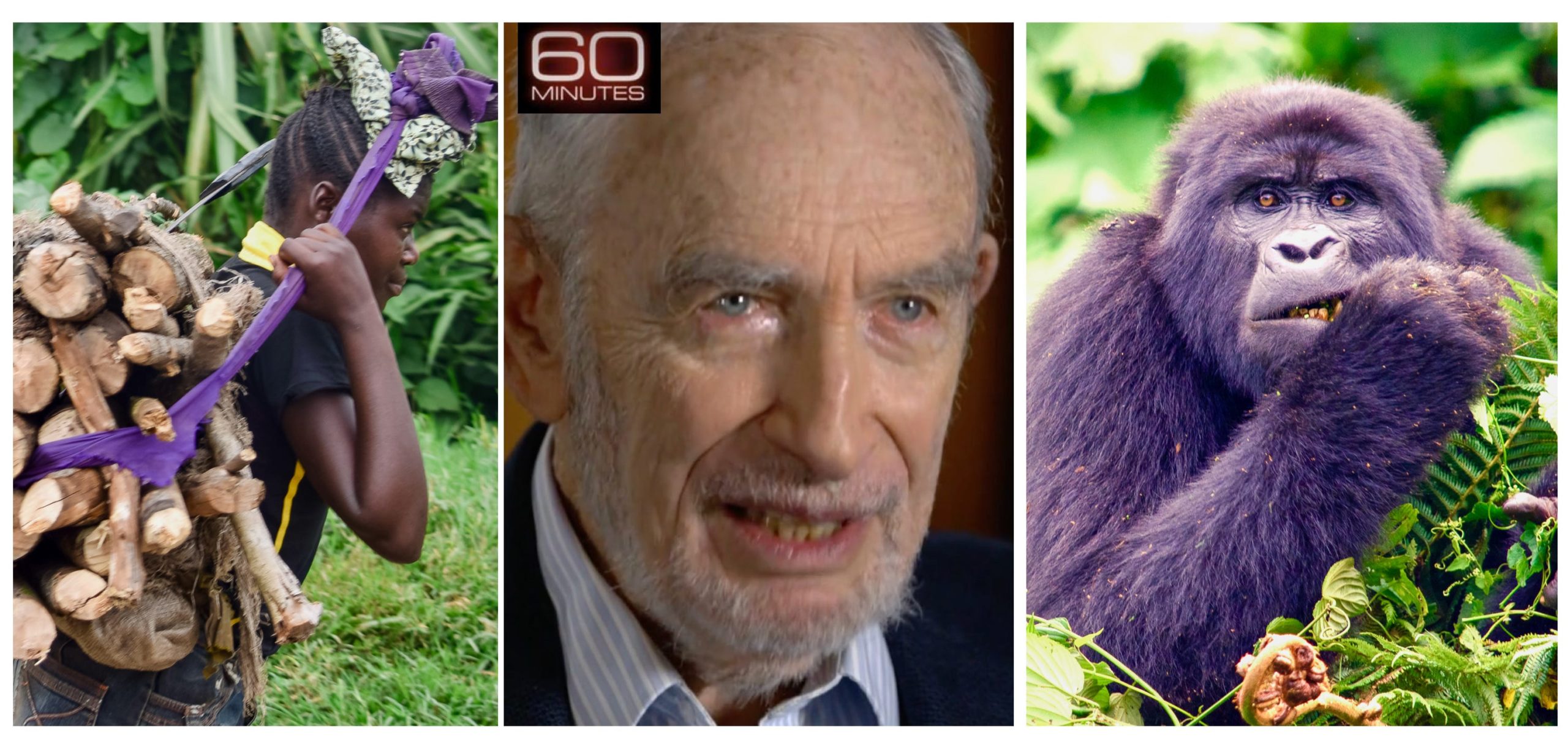 On CBS “60 Minutes” last night, scientists
On CBS “60 Minutes” last night, scientists  China’s rise has been the defining story of the past three decades. No analysis of international economics or politics can ignore it. But the conversation has shifted over time. Before 2017, it was widely believed that China could become a “
China’s rise has been the defining story of the past three decades. No analysis of international economics or politics can ignore it. But the conversation has shifted over time. Before 2017, it was widely believed that China could become a “ It can be difficult to comprehend the true sizes of megacities, or the global spread of
It can be difficult to comprehend the true sizes of megacities, or the global spread of 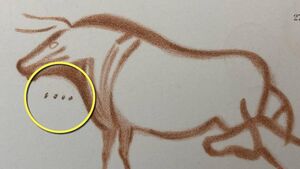 A London furniture conservator has been credited with a crucial discovery that has helped understand why Ice Age hunter-gatherers drew cave paintings.
A London furniture conservator has been credited with a crucial discovery that has helped understand why Ice Age hunter-gatherers drew cave paintings. You may wonder about the focus on the need for social connections as one grows older, in this book. After all, isn’t friendship usually associated with youth? Education management expert Ravi Acharya would say no to that. After spending his working years in Pune and Ahmedabad, among other places, Acharya moved to Bengaluru. He is lucky to have two of his closest friends live on the same street. Acharya says we don’t realise the importance of actually talking to our friends, in a world dominated by conversations on WhatsApp, Facebook, and other social media. “We friends make it a point to meet once a month,” says Acharya, “and avoid conversations over WhatsApp unless necessary. Such social connections and making an effort toward being in touch is important for active ageing.”
You may wonder about the focus on the need for social connections as one grows older, in this book. After all, isn’t friendship usually associated with youth? Education management expert Ravi Acharya would say no to that. After spending his working years in Pune and Ahmedabad, among other places, Acharya moved to Bengaluru. He is lucky to have two of his closest friends live on the same street. Acharya says we don’t realise the importance of actually talking to our friends, in a world dominated by conversations on WhatsApp, Facebook, and other social media. “We friends make it a point to meet once a month,” says Acharya, “and avoid conversations over WhatsApp unless necessary. Such social connections and making an effort toward being in touch is important for active ageing.”